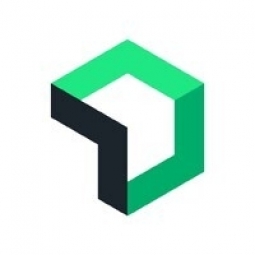New Relic
Case Studies
Kmart's Digital Transformation: Achieving 99.9% Uptime with New Relic
Overview
 |
Kmart's Digital Transformation: Achieving 99.9% Uptime with New RelicNew Relic |
Application Infrastructure & Middleware - Event-Driven Application Platform as a Service (PaaS) - Application Development Platforms | |
Cement Retail | |
Procurement Product Research & Development | |
Behavior & Emotion Tracking Leakage & Flood Monitoring | |
System Integration | |
Operational Impact
| The implementation of New Relic's all-in-one observability platform has resulted in significant operational improvements for Kmart. The solution has been deployed to support multiple peak online shopping events including Black Friday, Easter, and Christmas. Since adopting New Relic, Kmart has seen an improvement in developer productivity and established a Site Reliability Engineering function. This has created more time for the development team to focus on new features and products. The implementation of New Relic dashboards has also democratized data across the organization, which is now utilized across multiple teams – including the C-suite. Kmart’s adoption of New Relic continues to provide insights that will be used to support both future in-store and online growth. | |
Quantitative Benefit
| Achieved 99.9% uptime over the past six months | |
| Reduced Mean Time to Detection (MTTD) to 17 minutes | |
| Reduced Mean Time to Resolution (MTTR) to under two hours | |


